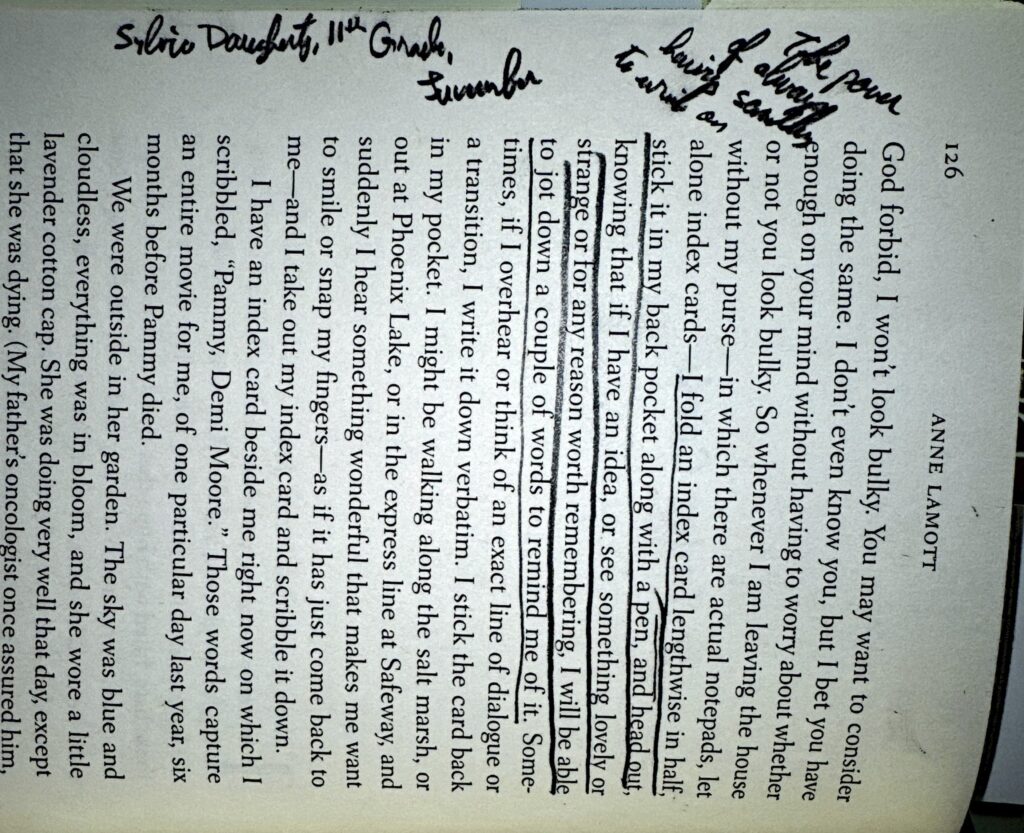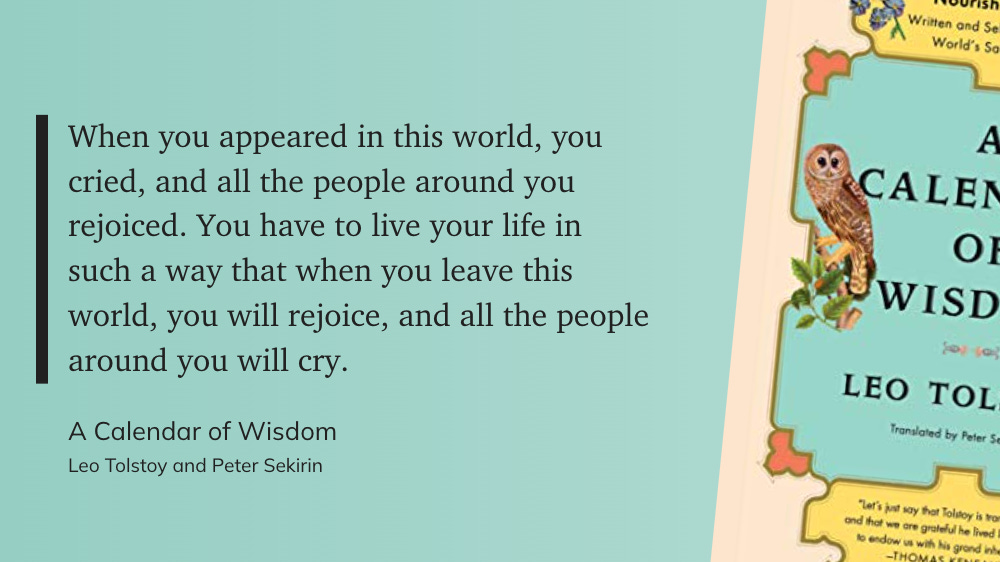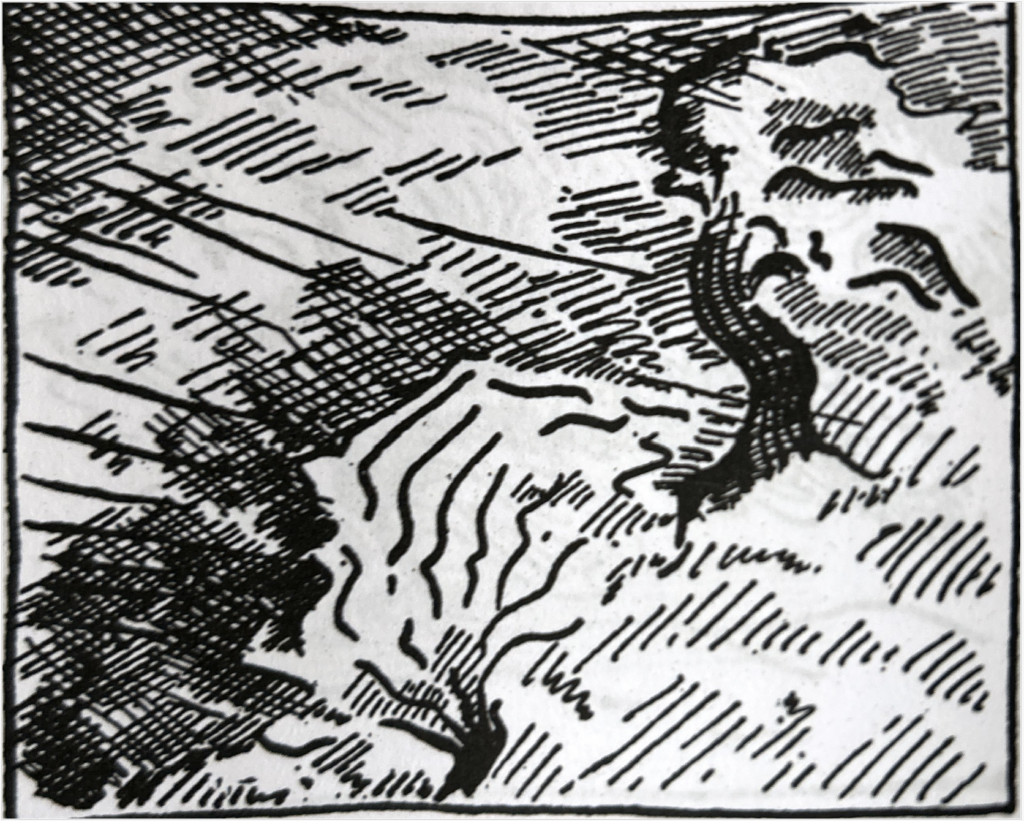
Teachers have a treasure trove of creativity and unique experiences that make them ideal bloggers. From managing a bustling classroom to crafting engaging lessons, you already possess the storytelling and communication skills to write blog posts that capture attention and resonate with readers. Here’s how you can channel your classroom creativity into crafting engaging blogs that stand out and pave the way for paid opportunities.
Harness the Power of Storytelling
Storytelling is at the heart of effective teaching and is just as powerful in blogging. Use real-life classroom anecdotes to draw readers in and make your posts relatable. For example, share a funny or heartwarming moment from your day that ties into a larger theme or lesson. Stories help readers connect emotionally, making your blog posts more memorable and engaging.
When writing, think about:
- The challenges and triumphs you’ve experienced as a teacher.
- Unique perspectives or situations that your audience can learn from.
- How to weave a compelling narrative that leads to actionable advice or insights.
Use Engaging and Accessible Language
As you adapt your language to reach diverse learners, you can use the same strategy to craft accessible and engaging blog posts. Avoid overly academic or jargon-heavy language; write in a conversational tone that feels approachable to readers. Use humor, analogies, or rhetorical questions to entertain your audience while driving your point home.
For example:
- Instead of “pedagogical strategies,” say “teaching techniques that work.”
- Use metaphors like “classroom chaos is a symphony in disguise” to paint vivid pictures.
Your ability to simplify complex ideas will help your readers feel informed without being overwhelmed.
Share Classroom Anecdotes as Lessons
The classroom is filled with stories that can become powerful blog content. Write posts that reflect on lessons you’ve learned, strategies that worked (or didn’t), or ways you’ve overcome challenges. These stories provide valuable insights and build trust with your readers, showing them that you’re authentic and relatable.
For instance:
- “How I Used Art Projects to Foster Collaboration in My Classroom”
- “What a Disastrous Lesson Plan Taught Me About Adaptability”
These posts resonate with educators, parents, and anyone interested in education, making them highly shareable and impactful.
Focus on Practical Tips and Takeaways
Readers love actionable advice. Whether you’re sharing classroom management techniques, lesson plan ideas, or tips for balancing work and life, always provide practical takeaways. Use bullet points, numbered lists, or subheadings to make your content easy to skim and reference.
Example tips:
- “Three Creative Ways to Encourage Critical Thinking”
- “How to Turn a Difficult Topic into an Engaging Lesson”
Practical posts position you as a valuable resource, encouraging readers to return to your blog for more.
Promote Blogging Opportunities
If blogging sounds like the perfect creative outlet, you can turn it into a source of income by writing for established blogs or creating your own. Platforms like Paid Online Writing Jobs make it easy to find paid blogging opportunities tailored to educators. Whether writing guest posts for education websites or building your portfolio, these resources can help you take your blogging to the next level.
Final Thoughts
Your classroom creativity is a powerful tool for crafting blog posts that inform, inspire, and engage readers. By using storytelling, accessible language, and relatable anecdotes, you can create content that stands out in the crowded blogging world. And with platforms like Paid Online Writing Jobs, you can turn your passion for writing into a rewarding side hustle or career. Start blogging today, and let your voice be heard!










